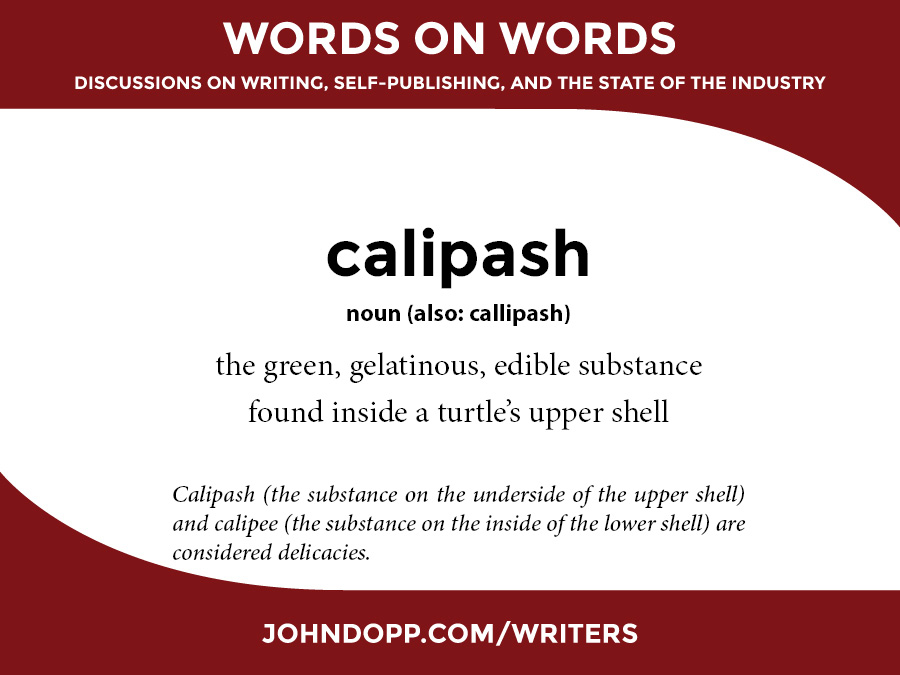Not everything eaten is food.
From nails to snails, people consume a bewildering variety of items. Today’s Lunchbox holds a few of the strange things that human beings eat by choice or compulsion.
Let’s start with pica, an appetite for items unfit for food. The word is Latin for magpie, an omnivorous bird with a legendary reputation for hoarding eclectic objects.
Pica can involve the consumption of stones (lithophagia), hair or similar fibers (trichophagia), sharp objects (acuphagia), human or animal waste (coprophagia), or any substance not generally considered to be food. But pica doesn’t always run to the bizarre or the harmful: pagophagia is the practice of eating ice.
Last week, we mentioned argillaceous, a word that refers to clay-bearing or clay-related materials. A notable form of pica involves these materials: chthonophagia is the consumption of dirt.
Although pica is a compulsion, most cultures around the world have voluntarily eaten soil or clay, either for pleasure or for sustenance, at some point in their histories. Areas stricken by poverty may resort to using calcium-rich mud or clay as an ingredient in baked goods; in Haiti, “mud cookies” made from mud, salt, and butter are a traditional method of staving off hunger. Kaolin — a white, chalky clay — is eaten in southern African nations and the southeastern U.S..
In my youth, I once dined on green sea turtle steak. I look back on this with a certain sadness, because soon after, they were declared an endangered species. Had I known that I was contributing to the extinction of these beautiful creatures, I would have chosen a delicious vegetarian item from the menu instead. I was less environmentally conscious then, which led to Slappy the turtle’s arrival on my plate.
(For the curious carnivores out there, the steaks had a tough texture and a mild flavor somewhat like veal, or perhaps like human flesh. I can’t confirm the similarity to human flesh, however. And of course, the flavor varies from person to person. ba-dump bump, crash!)
I considered a number of adventurous dishes before settling on poor Slappy. One item on the menu mentioned a broth made with calipash, a term I wasn’t familiar with. My family wasn’t familiar with it either, and they steered me away from expensive items that a finicky ten-year-old child might regret ordering.
That was a wise decision. Many years later, I discovered that calipash is the fatty, gelatinous, green substance on the inner surface of a turtle’s shell. The yellowish substance on the lower half is called calipee. Both are considered a delicacy in some circles, but ten-year-old children — and significantly older writers — may disagree.
The origin of the words is uncertain, but etymologists theorize they originated with the Spanish word carapacho, meaning “carapace”.
Hungry for more? Exotic words to appeal to any palate can be found in the Lunchbox archives!


